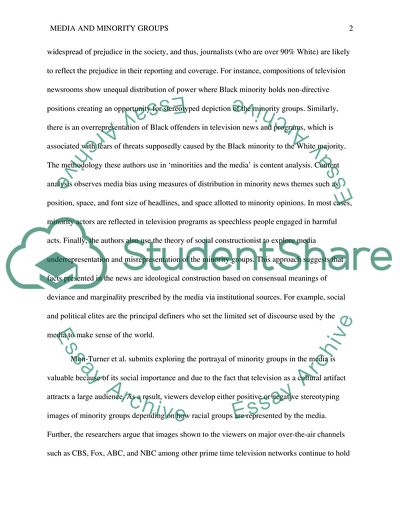Cite this document
(Representation of the Minority Groups in the Media Essay, n.d.)
Representation of the Minority Groups in the Media Essay. Retrieved from https://studentshare.org/journalism-communication/1839199-draft-1
Representation of the Minority Groups in the Media Essay. Retrieved from https://studentshare.org/journalism-communication/1839199-draft-1
(Representation of the Minority Groups in the Media Essay)
Representation of the Minority Groups in the Media Essay. https://studentshare.org/journalism-communication/1839199-draft-1.
Representation of the Minority Groups in the Media Essay. https://studentshare.org/journalism-communication/1839199-draft-1.
“Representation of the Minority Groups in the Media Essay”, n.d. https://studentshare.org/journalism-communication/1839199-draft-1.


